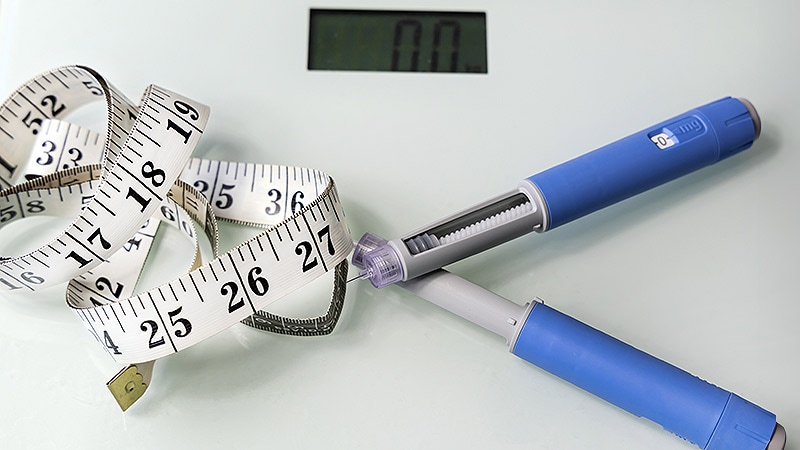TOPLINE:
Adding anagliptin, a DPP-4 inhibitor, to ongoing insulin and metformin therapy was well-tolerated and improved glycemic control at 24 weeks in patients with inadequately controlled type 2 diabetes (T2D).
METHODOLOGY:
- Patients with T2D unresponsive to oral therapy often require insulin — yet basal or premixed insulin alone may not curb postprandial spikes, and adding premeal doses heightens hypoglycemia risk — making DPP-4 inhibitors a valuable adjunct or alternative with substantial glucose-lowering benefits.
- Researchers in Korea conducted a phase 4 trial between December 2021 and December 2024 to assess the efficacy and safety of adding anagliptin to stable insulin and metformin therapy in 57 patients with T2D (mean age, 61.8 years; 58.1% men) who had A1c levels of 7%-10%.
- The patients who showed adequate compliance during a 1-week run-in period with only placebo were randomly assigned to receive either 100 mg anagliptin twice daily (n = 28) or placebo (n = 29), while continuing their existing insulin and metformin regimen.
- The primary outcome was a change in A1c levels from baseline to week 24.
TAKEAWAY:
- Patients who received anagliptin experienced a greater reduction in A1c levels at week 24 than those who received placebo (least squares mean change, -0.56; P = .009), with the reduction first observed at week 12 and sustained through week 24.
- The difference in A1c levels between anagliptin and placebo was more pronounced in patients with baseline A1c levels ≥ 8.5% (difference, 0.58%) than in those with baseline A1c levels < 8.5% (difference, 0.13%).
- Patients in the anagliptin group could maintain the same daily insulin dose, while the placebo group saw a significant increase; both groups showed no meaningful differences in weight, BMI, or blood lipid levels.
- The incidences of treatment-emergent adverse events, hypoglycemia, and adverse drug reactions were similar between the two groups.
IN PRACTICE:
“[A]fter 24 weeks of treatment, the addition of anagliptin to ongoing insulin and metformin therapy improved glycemic control in patients with T2DM without affecting body weight. These findings suggest that addition of anagliptin could be an effective treatment option for patients with inadequately controlled T2D,” the study authors concluded.
SOURCE:
This study was led by Ji Eun Jun, MD, Kyung Hee University School of Medicine in Seoul, Korea. It was published online on June 25, 2025, in Diabetes, Obesity and Metabolism.
LIMITATIONS:
The findings of this study may not be generalizable to other racial groups. The small sample size may have affected the power of this study. Despite current international guidelines, no participant in this study received a GLP-1 receptor agonist or SGLT2 inhibitor.
DISCLOSURES:
This study received financial support from JW Pharmaceutical. The authors reported having no relevant conflicts of interest.
This article was created using several editorial tools, including AI, as part of the process. Human editors reviewed this content before publication.


 Admin_Adham
Admin_Adham


